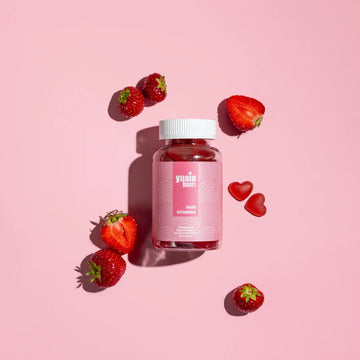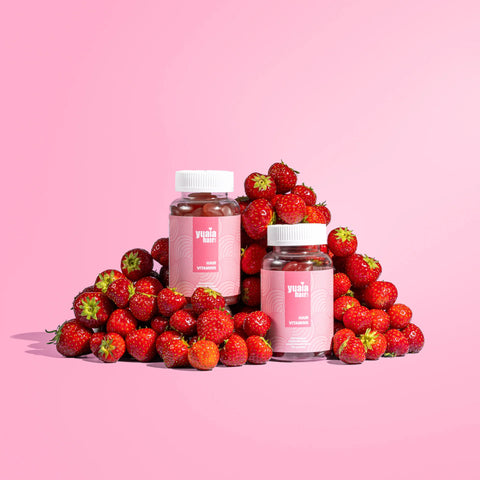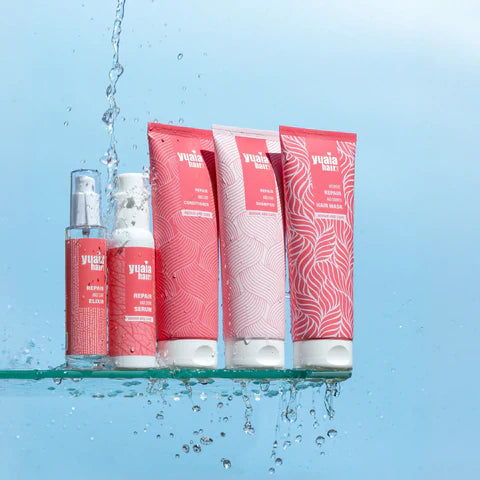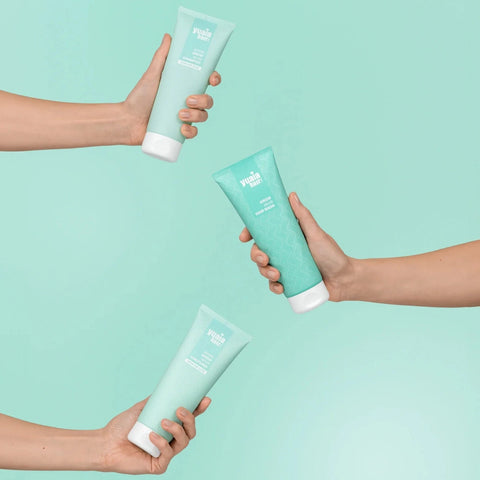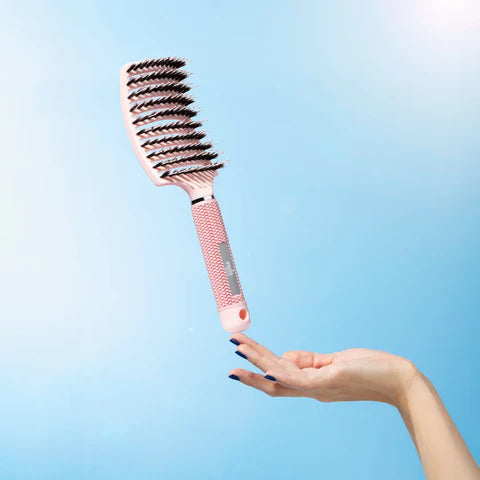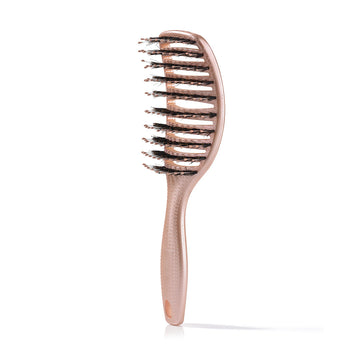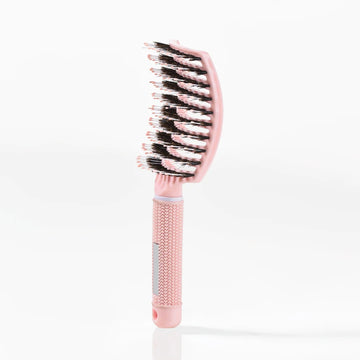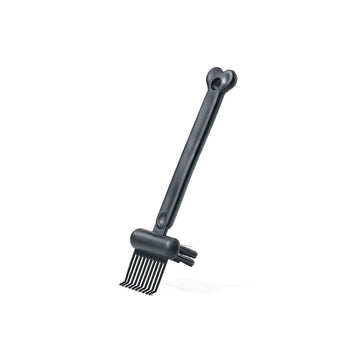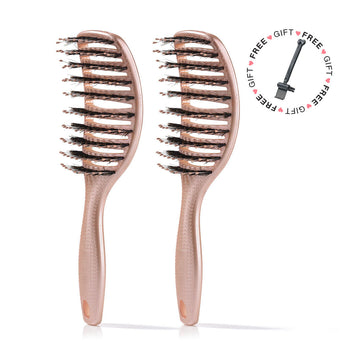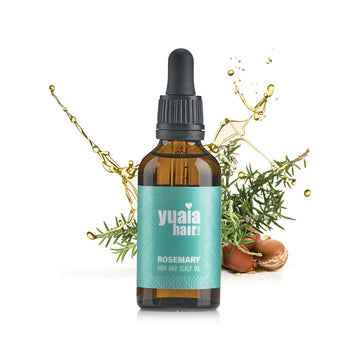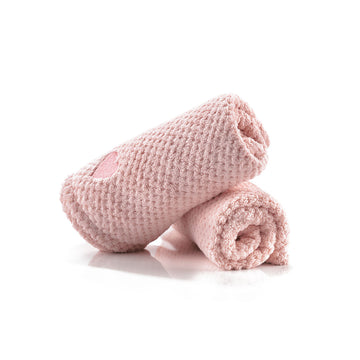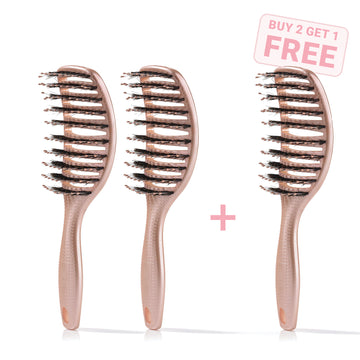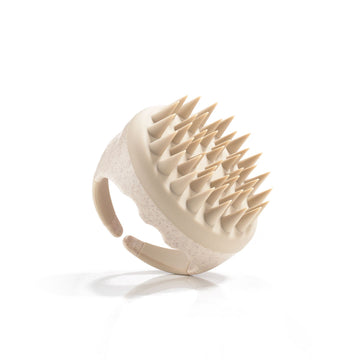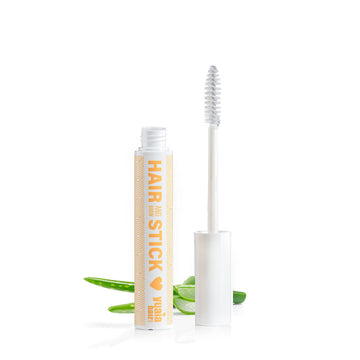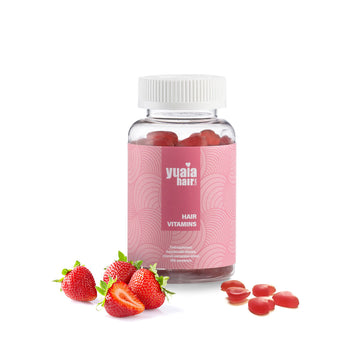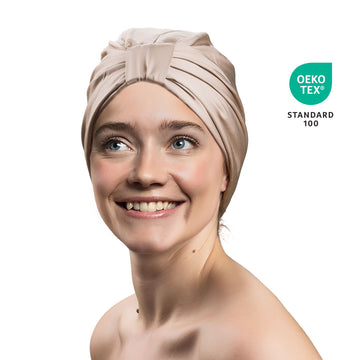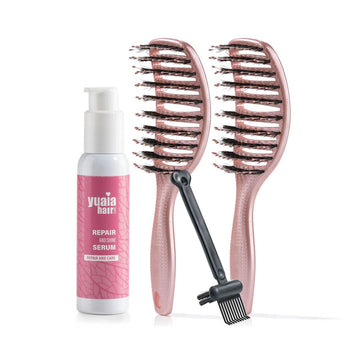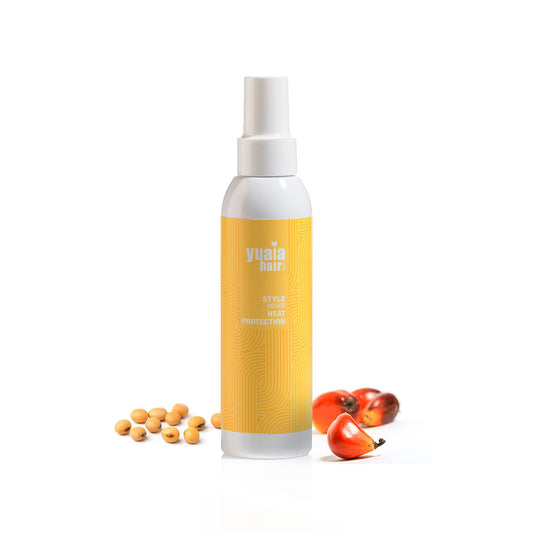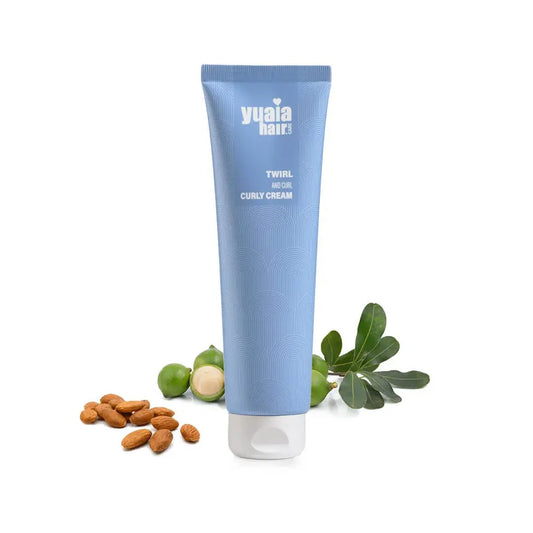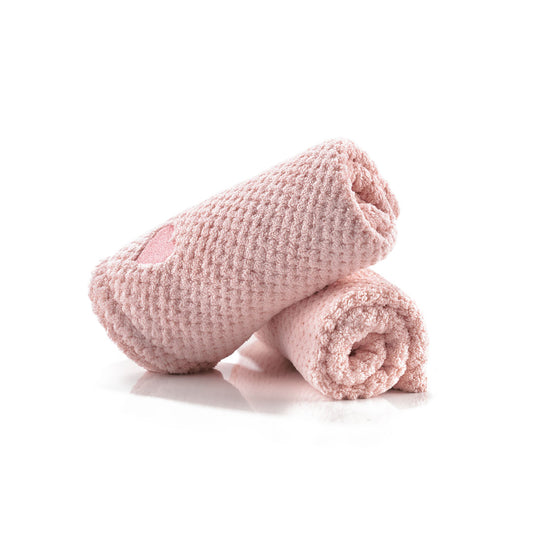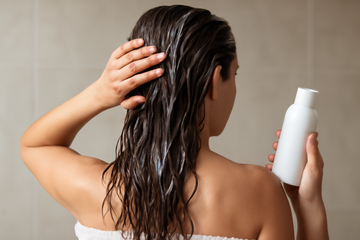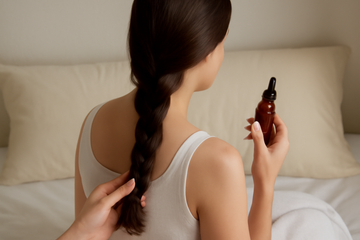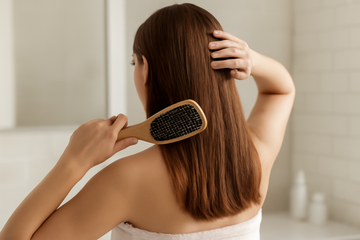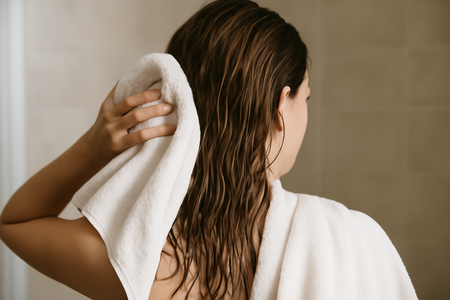
The science behind air drying: what do studies say?
Recent studies have shed light on the potential internal damage that can occur from prolonged air drying. One notable study conducted in Korea suggests that while high-heat blow drying is known to cause surface cuticle damage, air drying can leave the hair wet for extended periods, potentially harming the inner Cell Membrane Complex (CMC). The CMC is crucial for maintaining hair strength and moisture balance, and long-term wetness can lead to its swelling and weakening. This is particularly concerning for those with porous, damaged, or thick hair that takes longer to dry.
Critiques and limitations
While the study provides valuable insights, it's important to acknowledge its limitations, such as the sample size and the generalizability of its findings. For most people, occasional air drying is safe, but caution is advised for those with specific hair types. Thick, dense, or slow-drying hair may be more susceptible to internal damage from prolonged wetness. This highlights the need for personalized hair care routines that consider individual hair characteristics.
Hair type considerations
Different hair types respond uniquely to air drying. Curly hair, for instance, is more prone to frizz and hygral fatigue—damage caused by repeated swelling and shrinking cycles during extended drying. For those with curly hair, using a product like our Twirl and Curl curly cream can help define curls and reduce frizz while air drying. This cream is designed to enhance natural curls and provide moisture without weighing the hair down.
For chemically treated hair, air drying might exacerbate existing damage. Chemically treated hair often has a compromised CMC, making it more vulnerable to the effects of prolonged wetness. In such cases, a balanced approach that includes partial blow drying with a heat protectant spray can be beneficial. This method allows for quicker drying while minimizing potential heat damage.
Understanding the unique needs of your hair type is essential in determining whether air drying is the best option. By considering factors such as porosity, thickness, and curl pattern, you can tailor your hair drying routine to minimize damage and maintain hair health.
How does hair type affect air drying?
Hair type plays a significant role in how air drying affects your hair. Porous hair, often curly or chemically treated, tends to absorb more water, making it prone to hygral fatigue. This condition arises from the hair shaft swelling and contracting during the drying process, leading to potential breakage and frizz. On the other hand, non-porous hair might not experience the same degree of swelling but can still suffer from prolonged wetness, affecting the internal structure over time.
For those with curly hair, air drying can present unique challenges. The natural curl pattern can lead to uneven drying, resulting in frizz and reduced curl definition. To combat this, using products specifically made for curly hair, like our Twirl and Curl curly cream, can help maintain moisture and enhance curl formation while minimizing frizz.
Is blow drying always riskier than air drying?
While blow drying is often associated with surface cuticle damage due to heat exposure, it's not always the riskier option. The key lies in the technique and temperature used. Blow drying at a moderate temperature, while keeping the dryer in constant motion, can reduce the risk of damage. This method can dry hair more quickly, reducing the time hair remains wet and potentially minimizing internal stress.
Balancing the risks and benefits of both air drying and blow drying is crucial. For those with thick or porous hair, using a hair dryer might actually help maintain hair health by preventing prolonged wetness. Always consider using a heat protectant spray, like our Style and Shine Heat Protection, to shield your hair from heat damage.
How can I protect my hair during the drying process?
Protecting your hair during the drying process involves using the right tools and techniques. A microfiber towel is highly recommended for gently removing excess water without causing friction or damage. At Yuaia Haircare, we offer a microfiber towel that is perfect for this purpose.
Additionally, using the right brush is essential for detangling hair without causing breakage. Our Curvy Brush is made to gently detangle and smooth hair, reducing the risk of damage during the drying process.
Frequently asked questions
Can air drying cause scalp issues?
Prolonged wetness from air drying can lead to scalp issues, such as discomfort or fungal growth, due to the damp environment it creates. To prevent this, ensure your scalp is thoroughly dried and consider using scalp treatments to maintain a healthy scalp environment.
Is it okay to sleep with wet hair?
Sleeping with wet hair is generally not recommended as it can lead to increased friction, tangles, and potential damage. It's better to dry your hair partially, at least, before bed to minimize these risks.
How can I reduce frizz when air drying?
To reduce frizz, ensure your hair is well-moisturized before air drying. Using products made for your hair type, such as leave-in conditioners or curl creams, can help lock in moisture and enhance hair texture. Additionally, avoid touching your hair too much while it dries to prevent frizz.
 Dostawa 2-5 dni
Dostawa 2-5 dni
 Ponad 100 000 zadowolonych klientów
Ponad 100 000 zadowolonych klientów
 Gwarancja satysfakcji
Gwarancja satysfakcji

